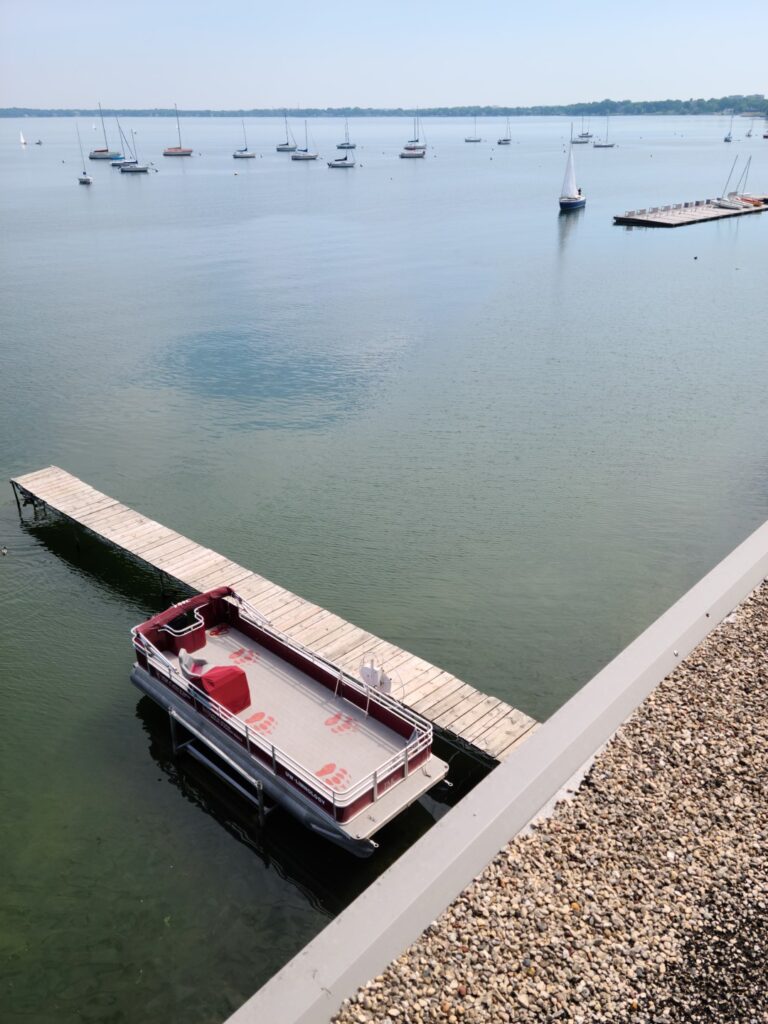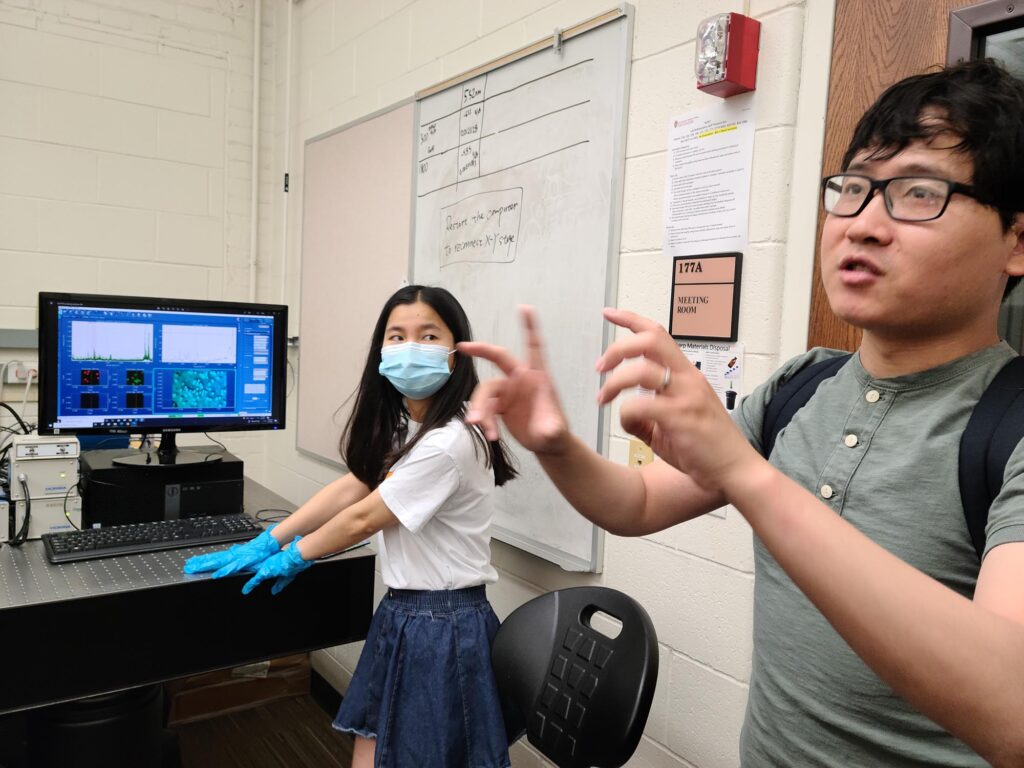Trump tries to block EV charger money — again. Michigan impact ‘clear as mud’

By Kelly House, Bridge Michigan
The Great Lakes News Collaborative includes Bridge Michigan; Circle of Blue; Great Lakes Now at Detroit PBS; Michigan Public, Michigan’s NPR News Leader; and The Narwhal who work together to bring audiences news and information about the impact of climate change, pollution, and aging infrastructure on the Great Lakes and drinking water.
Great Lakes Now
https://www.greatlakesnow.org/2025/02/trump-tries-to-block-ev-charger-money-again-michigan-impact-clear-as-mud/















 As the water levels continued to fall in response to prolonged drought, all along the Lower Wisconsin Riverway, tens of thousands of mussels were left stranded and drying in the hot sun. In response, volunteers heeded the call and took to the riverway to physically pick up and move thousands of stranded mussels to deeper water.
As the water levels continued to fall in response to prolonged drought, all along the Lower Wisconsin Riverway, tens of thousands of mussels were left stranded and drying in the hot sun. In response, volunteers heeded the call and took to the riverway to physically pick up and move thousands of stranded mussels to deeper water.  At a presentation at Canoecopia, you’ll learn all about the role dams and drought play in this ecosystem, how native mussels are impacted by our changing climate, and what paddlers can do to aid in rescue efforts. Lisie Kitchel with the Wisconsin DNR will cover the wild world of mussel reproduction and the crucial role these organisms play in keeping the river clean. Ellen Voss with River Alliance of Wisconsin will discuss the impacts dams and droughts have on river life. And Timm Zumm with Friends of the Lower Wisconsin Riverway will discuss the creation of the mussel rescue squad and how paddlers can safely rescue mussels from their canoes and kayaks.
At a presentation at Canoecopia, you’ll learn all about the role dams and drought play in this ecosystem, how native mussels are impacted by our changing climate, and what paddlers can do to aid in rescue efforts. Lisie Kitchel with the Wisconsin DNR will cover the wild world of mussel reproduction and the crucial role these organisms play in keeping the river clean. Ellen Voss with River Alliance of Wisconsin will discuss the impacts dams and droughts have on river life. And Timm Zumm with Friends of the Lower Wisconsin Riverway will discuss the creation of the mussel rescue squad and how paddlers can safely rescue mussels from their canoes and kayaks.